Electric Fencing for Pigs
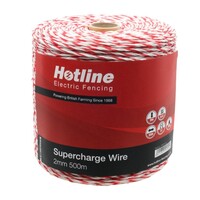

500 m of powerful fencing with Supercharge Electro Wire, featuring 6 stainless steel conductors for excellent power transmission. Durable and designed for small to medium-distance systems, it offers enhanced visibility with white wire and red trace lines.


One of the main advantages of the Lithium Range is its compact, lightweight design. The S30 is a powerful solar device from Gallagher for fences up to 3 km.
- Solar Lithium Technology
- 3x faster charging
- 3x longer life span


This Three Reel Electric Fence System is a versatile solution for protecting fences or subdividing fields. The kit includes pre-spooled reels, galvanised wire, and durable posts, making it easy to install and move.
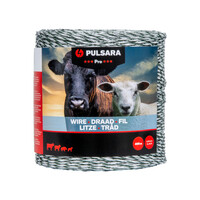

Our Pulsara Pro Polywire (400m) is a strong, UV-resistant fencing conductor with six galvanised steel conductors for reliable performance. Designed for longevity, it provides excellent conductivity and resilience in various conditions. With a great qualit
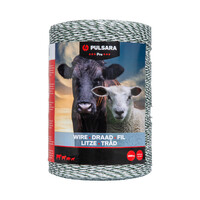

- Pulsara Pro wire 1.000m
- UV-resistant for extra durability
- 6 galvanized steel conductors
- High quality price ratio
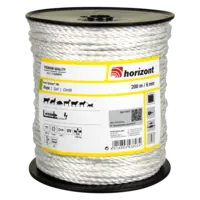

Horizont Electric Fence Rope Farmer® R6, 200 m × 6 mm, white for high visibility. Durable, high breaking load rope ideal for short fences and portion pastures.


Horizont Electric Fence Rope Farmer® R6, 400 m × 6 mm, white for high visibility. Durable, high breaking load rope ideal for short fences and portion pastures.
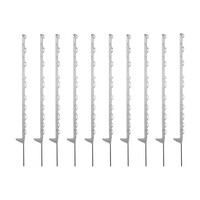

Pack of 10 Horizont Plastic Post Turbomax® Smart Posts (115cm, white). Durable polypropylene posts with 11 eyelets, top insulators, cross-ribbing, and reinforced ground nails for stable and versatile pasture fencing.


Pack of 10 Horizont Plastic Post Turbomax® Smart Posts (115cm, green). Durable polypropylene posts with 11 eyelets, top insulators, cross-ribbing, and reinforced ground nails for stable and versatile pasture fencing.


Pack of 10 Horizont Turbomax® 1.45m (4ft 9in) white electric fence posts made from high-quality polypropylene. Features 13 strong eyelets, reinforced tread bar, and galvanised ground nail. Ideal for cattle, horses, sheep, and goats.


This netting offers a durable, electrifiable fencing solution for sheep. Featuring high-visibility yellow-black netting, 14 sturdy stakes, and reinforced strands. Easy to set up, it comes with a repair kit, pegs, and a warning sign for added convenience.


This netting offers a durable, electrifiable fencing solution for sheep. Featuring high-visibility yellow-black netting, 14 sturdy stakes, and reinforced strands. Easy to set up, it comes with a repair kit, pegs, and a warning sign for added convenience.